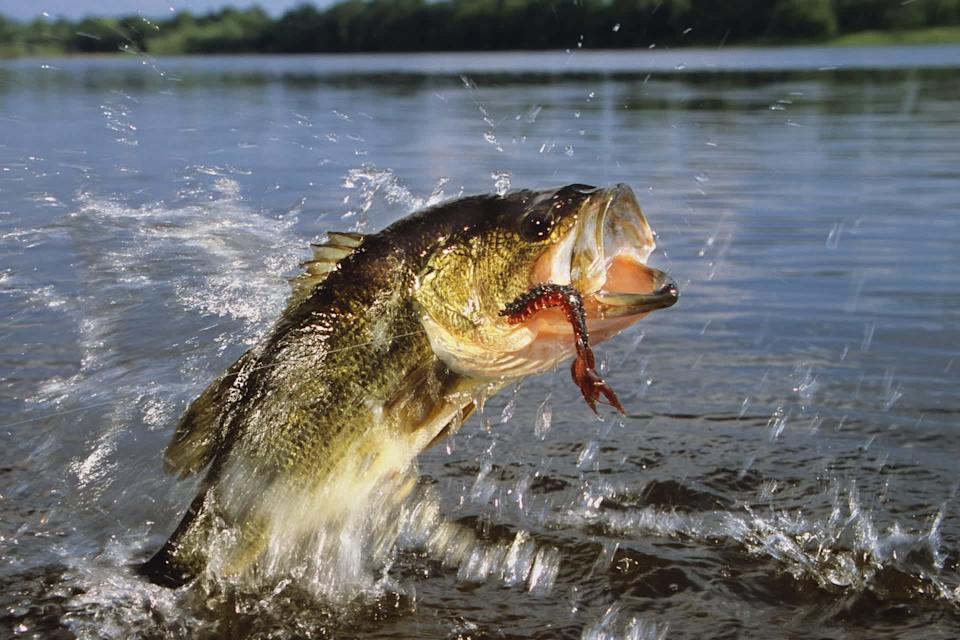If you enjoy fishing in the Potomac or Anacostia rivers, you may want to think twice before cooking up and eating your catch. Officials in the capital have issued a new fish consumption advisory due to high levels of PFAS. These contaminants have been linked to serious health risks, raising concerns about their growing presence in the local food chains.
What is happening?
The District of Columbia’s Department of Energy and Environment has issued its first-ever fish consumption advisory based on PFAS contamination — synthetic substances often called “forever chemicals” because they don’t break down in the environment. These chemicals, along with polychlorinated biphenyls (PCBs) and heavy metals, were detected in fish tissue from the Potomac and Anacostia rivers.
The advisory urges residents to avoid eating eel, carp, striped bass, and largemouth bass entirely. Other species, including catfish, perch, and sunfish, should only be consumed in limited amounts. While this warning applies only to fish caught in local waters — not those sold in grocery stores or restaurants — it does highlight growing concerns about water pollution and public health.
Why is this concerning?
PFAS are used in everyday items like nonstick cookware and waterproof fabrics, and once they enter waterways, they accumulate in fish and people. Long-term exposure has been linked to cancer, liver disease, hormone disruption, and weakened immune function.
Because these chemicals are so persistent, they’re difficult to clean up. The EPA has set drinking water limits for PFAS, but fish consumption guidelines remain unclear, leaving local governments to set their own standards. Without clear federal regulations, people may be unknowingly exposed to unsafe levels of these contaminants.
What’s being done about it?
The EPA is working on stricter regulations for PFAS in food and water, but progress has been slow, and reported plans for staffing reductions at the agency may only compound that. Some states, like Maine and Michigan, have moved forward with their own regulations to monitor and reduce contamination.
Watch now: Your favorite sushi might be threatened by climate change
Individuals can take steps to limit exposure by checking fish advisories before eating wild-caught fish and using water filters that reduce PFAS. Avoiding nonstick cookware and stain-resistant products can also help minimize everyday exposure.
|
How often do you worry about the quality of your drinking water? Click your choice to see results and speak your mind. |
Join our free newsletter for easy tips to save more and waste less, and don’t miss this cool list of easy ways to help yourself while helping the planet.
Yahoo News – Latest News & Headlines
Read the full article .


